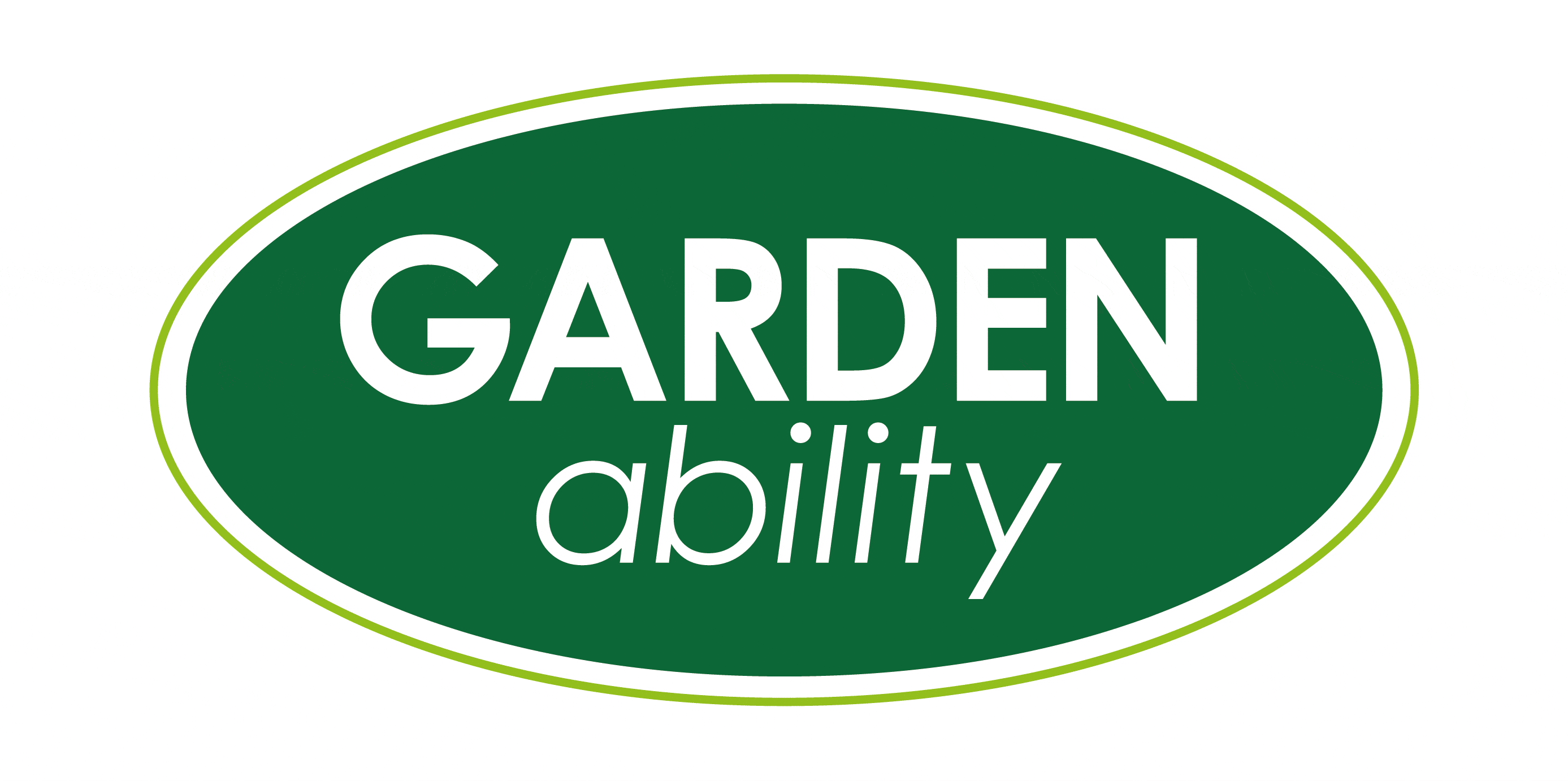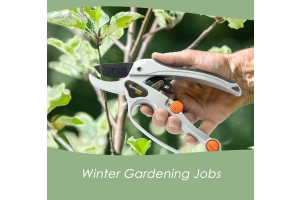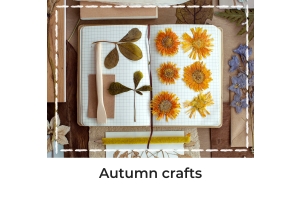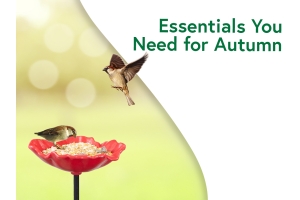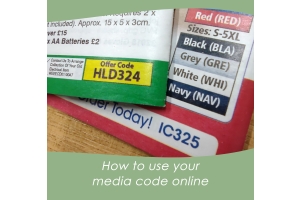How to Welcome Wild Bees into Your Garden
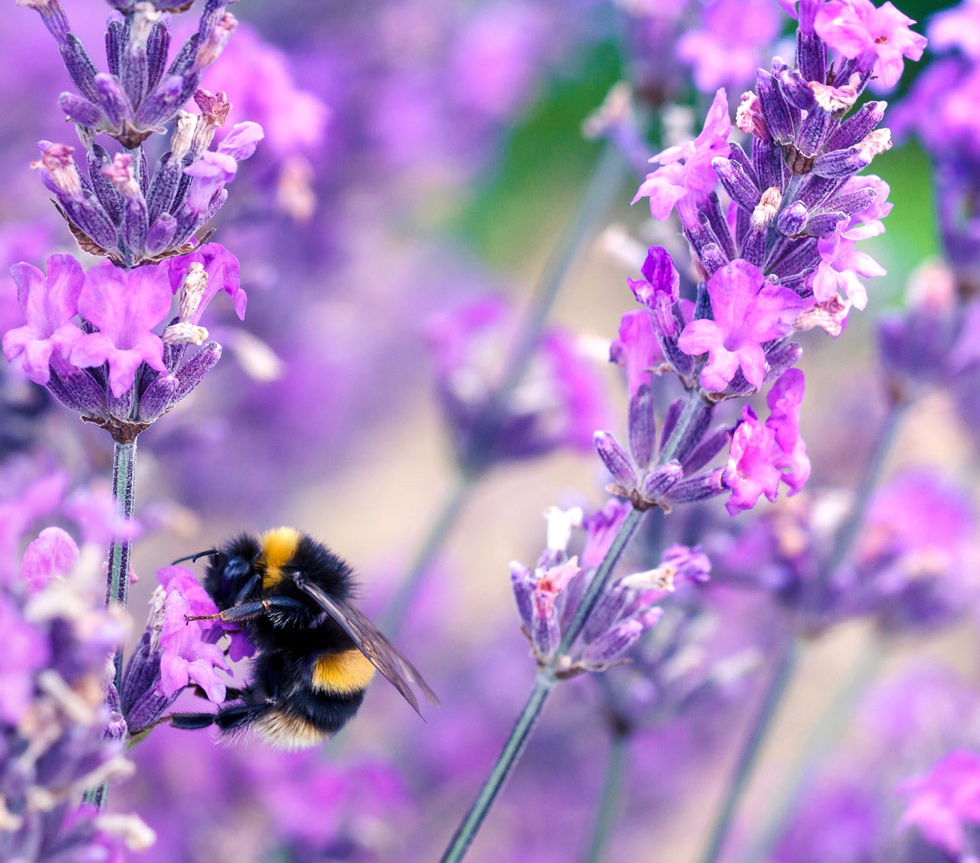
Bees are quickly becoming an endangered species in the UK, and they are a vital part of our eco-system. Since 1900, the UK has lost 13 species of bee, and there are 35 more that are classed to be on the brink of extinction. By welcoming bees into your garden, you are helping to preserve the eco-systems that keep our planet running and protect the little pollinators in the process!
Plant native species and wildflowers
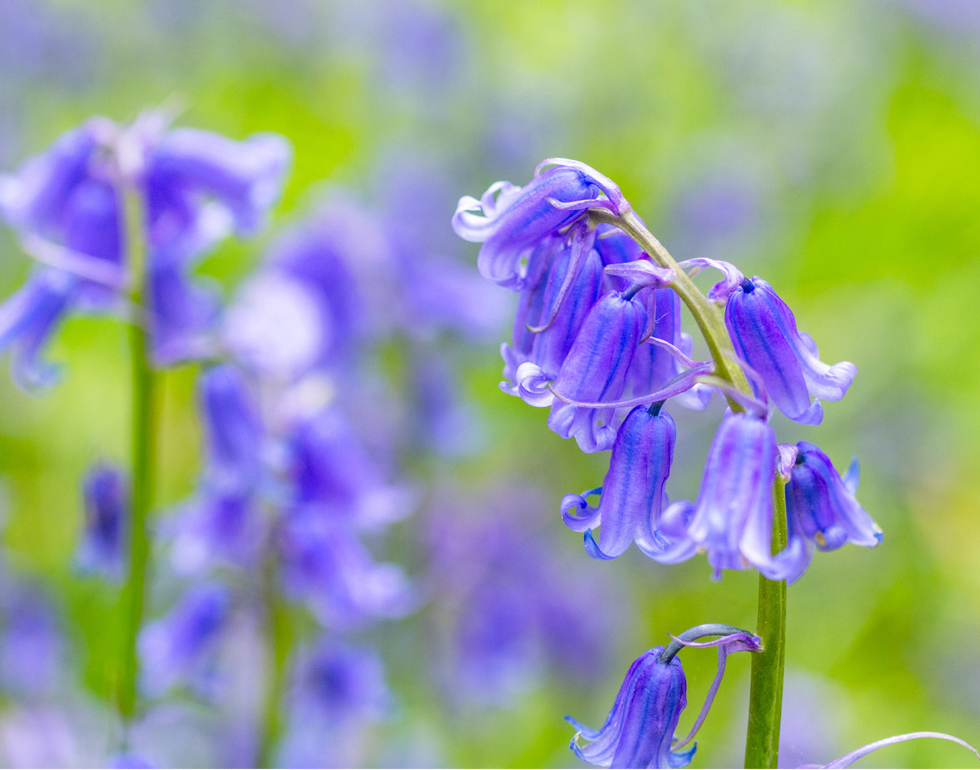
Native plants have often evolved alongside many species of bee, so they are more likely to be attracted to them (particularly the rarer species). Wildflowers are also a great addition to your garden, and they are usually hardy and fairly resistant to pests, making them an easy but beautiful addition to your outdoor space.
Good examples of native flowers and wildflowers include wood anemone; bluebells (but make sure they are native British ones); foxgloves; lavender; and stinking hellebore (this one flowers in December, so is particularly good for bees that awaken from their winter sleep).
Do not use pesticides
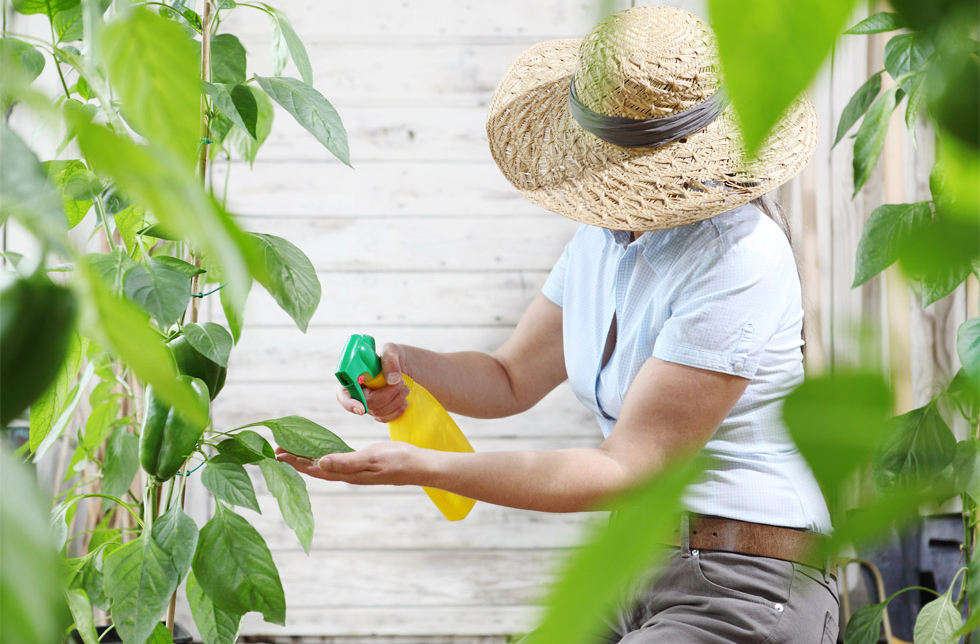
Common pesticides and insecticides containing neonicotinoids (thiacloprid and acetamiprid) kill bees! They are still widely available at garden centres and shops across the UK, so make sure to always read the label before buying.
For a more bee friendly pest control technique, why not try sprinkling Epsom salts around the bottom of your plants? As well as being a highly potent fertilizer for tomato plants, it also is completely non-toxic and will keep slimy critters, like slugs, off your plants!
Keep lawn weeds
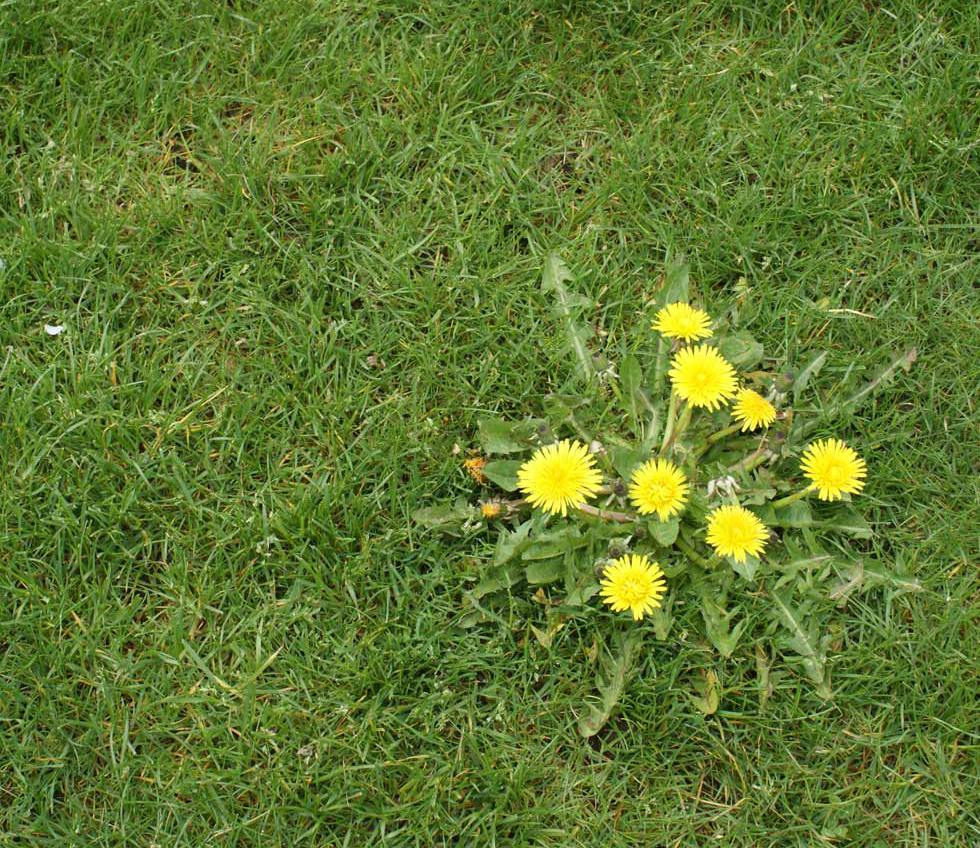
Lawn weeds, such as dandelions, are excellent bee plants. Some weeds like white clover attract rarer species of bee and are very easy to maintain in your garden. If you can’t bear to leave your lawn alone, then why not just pick a patch that isn’t as visible? That way, you can leave the weeds to grow, but it won’t make your garden look messy!
Make a bee house
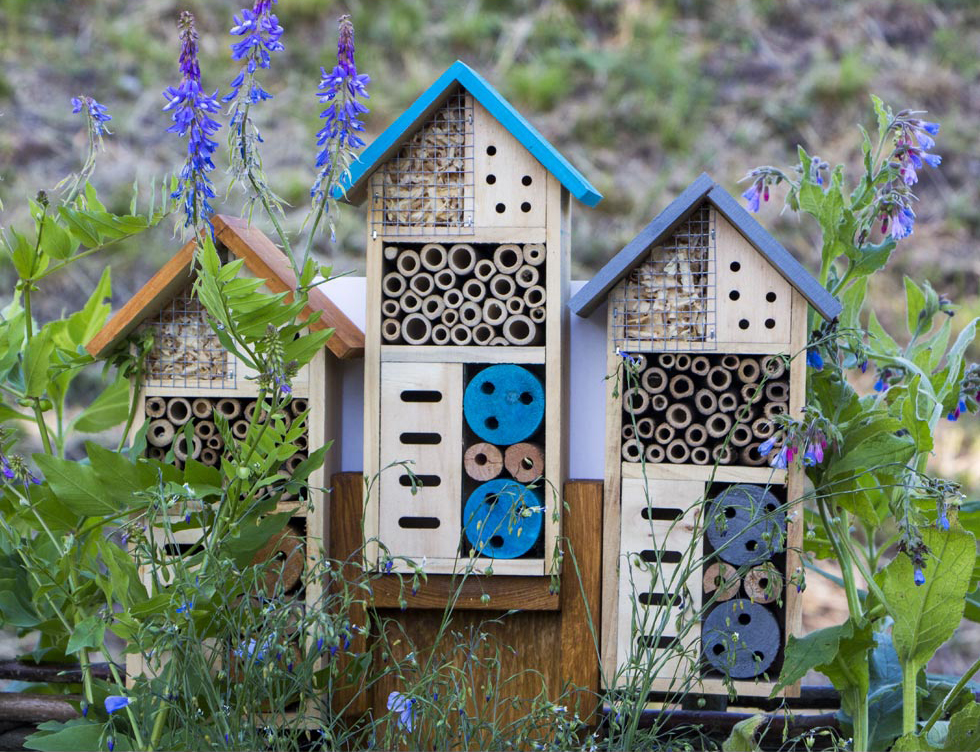
Making or buying a bee house is one of the easiest ways to protect bees. Different bee species require different habitats, so make sure to research what is best for the bees in your garden. When you install your bee house, make sure that it is south-facing, but not in direct sunlight, and that the doorway faces downwards so that rain cannot get in. You’ll have thousands of resident bees in no time!
